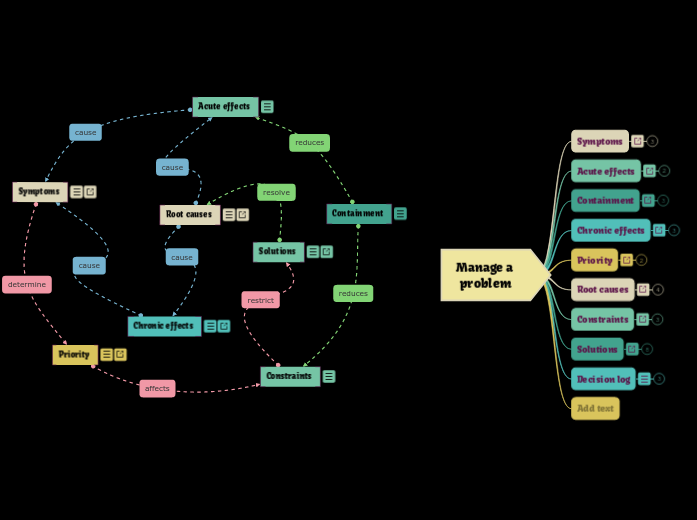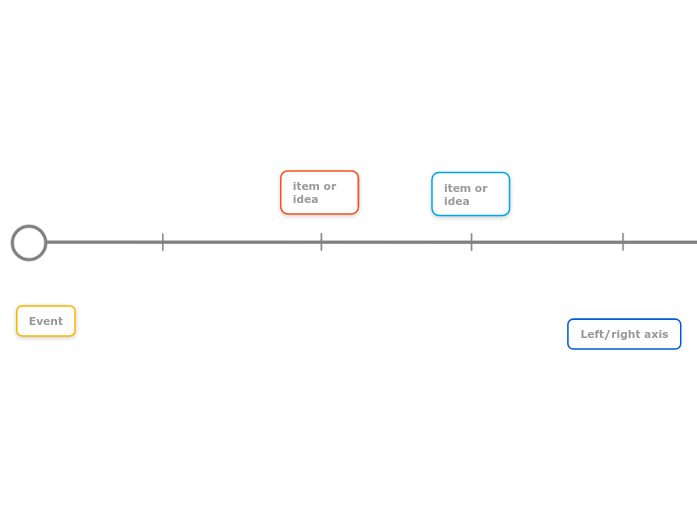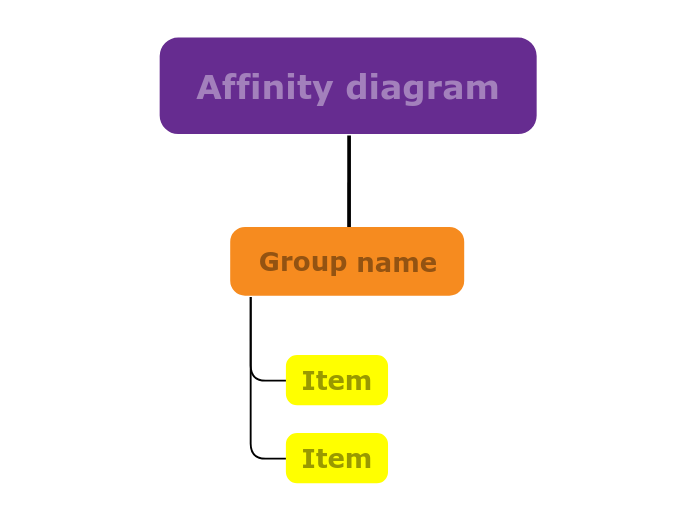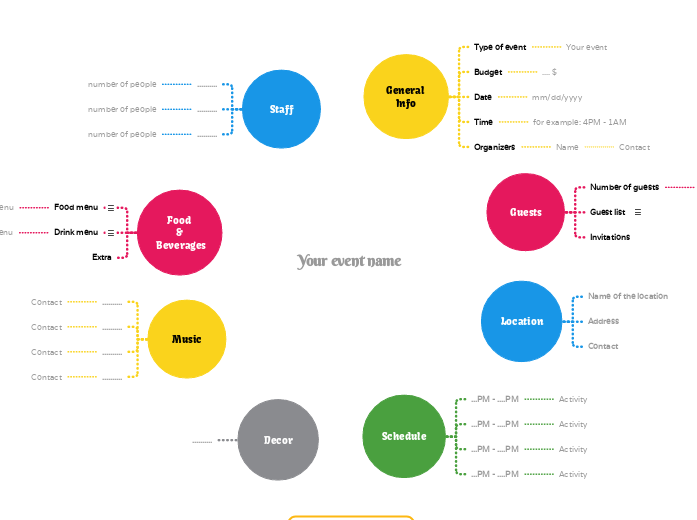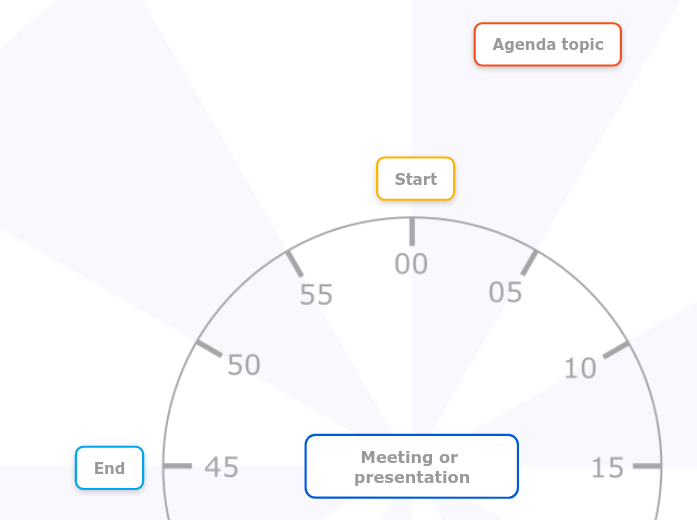The chronic effects of a problem are the results of not resolving it, over the long term.
Chronic effects often accumulate slowly and are difficult to diagnose. For example, "Low profitability" can have many causes. It is the chronic effect of many different problems.
Problems with chronic effects are often tolerated because there is no time to resolve them properly. They often only get attention when they become acute, and a fix to an acute problem may not address the root cause.
You may need to contain a problem to prevent it from getting worse or spreading.
Temporarily controlling a problem is not the same as permanently solving it. Often, temporary measures address only the acute impact, and do not solve the underlying causes. They must be implemented quickly, before the root causes are found and solutions developed.
To control a problem situation, you might need to do things like recalling faulty goods, suspending a service, making manual corrections or finding a short term workaround. These are not sustainable, so are not long term resolutions. Containment and workarounds are not free, but cost some disruption that is less worse than the problem.
A temporary workaround does two things:
- It helps to reduce the acute impact
- It buys you some time to resolve the underlying issue. This helps to reduce the time constraints on finding a solution.
Any solution to a problem will have additional constraints, which the solution must also meet:
- What you can actually change
- How much time you have before a temporary workaround is no longer acceptable
- The impact the solution will have in other areas and people
- Consensus, if the solution involves other areas and people
- The cost of the solution relative to the cost of the problem: usually, solutions need to cost less than the problem they solve
The constraints will limit your options for viable solution. Reducing constraints will give you more flexibility to find a solution.
The priority of a problem is a combination of its chronic and acute impacts.
Often, acute problems are seen as having higher priority because their immediate cost seems high. Chronic effects are often neglected until there is "more time" to solve them, but they might cost more over a longer period.
The cost of a problem influences its priority and also affects constraints. Costs are both tangible and intangible, and can include:
- Safety risks
- Wasted materials
- Lost time
- Cost of rework
- Lost reputation
- Lost opportunities
- Indirect impact on other issues
The acute effects of a problem can happen quickly and unexpectedly, causing sudden symptoms. Acute problems usually need to be addressed quickly.
Sometimes they need to be contained to stop the effects spreading before they can be fixed.
Solutions are changes that address the root cause and thereby reduce the effects.
A lot is written about creativity and lateral thinking to help generate solutions, but there is no substitute for a good understanding of root causes as a starting point for creative solutions.
You might have a range of options, some better than others and some more expensive than others.
All solutions will be influenced by constraints. If they don't meet the constraints, then they are likely to be rejected without trying.
You must be able to monitor and measure result of a solution. This might mean defining more symptoms and monitoring the situation over a period of time.
The root causes are the real reasons behind the problem.
They cause both the acute and chronic effects of the problem, which may be very different to each other and to its symptoms.
The process for finding the root cause of a problem depends on what kind of problem it is - complicated or complex.
A complicated problem can be analysed logically to discover the root cause. For example, you can eventually trace the broken part of a machine to get it working again, or find the error in a spreadsheet that has thrown out all the figures.
A complex problem is one that arises from the interaction of many other causes, and cannot be logically analysed. For example, economic problems have many causes and dependencies, and there is no single broken part to fix. One approach is to test your understanding by making small changes and measuring improvements.
The root causes are where you target your solution, not on the effects or symptoms.
The symptoms of a problem are the external signs that something is wrong.
Symptoms may appear early or late, and may seem unrelated to the real problem. Sometimes they can send you in the wrong direction. When something has gone wrong, it can be hard to separate out the symptoms of the real cause from other things that are happening by coincidence, or due to a different cause.
When you finally discover the root cause, you should be able to explain all symptoms. If you can't explain all of the symptoms, then the root cause might not be the only cause, there may be more than one issue, or the "symptom" may have been unrelated from the outset.
Symptoms are a measurement of the problem. You might need to look for or measure new symptoms to check whether you are solving the problem or making it worse.
Manage a problem
Begin by browsing the Influence Diagram on the left of the Central Topic to understand how the elements of problem management interact with each other. Each element shows how it influences others.
Add text
Decision log
Events, notifications, decisions and actions taken
Keep an accurate log of all the incidents, events, decisions and actions during the problem resolution process.
This will help to understand how the process can be improved for next time. It will also help when other people need to know why a particular solution was chosen.
Events
Solutions
Ideally, you will be able to find a number of solution options to evaluate against the constraints, root causes, problem statement and solution statement.
Doing nothing is always the first solution option to evaluate in the same way as other options.
If the root cause cannot be confirmed and no clear solution exists, then try to make a series of small improvements and measure the results to see if you are heading in the right direction.
Solution option
For each solution option, you will need to gather information about the cost of implementation, including side effects and impact on other areas.
The most important part of any solution is knowing how you will measure its effect and verify that it works. This may take some time.
Implementation
Resources
Measurement of results
Constraints met
Root causes targeted
Solution statement
Make a definitive Solution Statement that describes what an ideal solution would look like.
Compare it with the Problem Statements to make sure that it actually addresses the problems.
Constraints
Write down all the constraints that will limit your options for finding a solution, and think about how these constraints could be reduced.
There will be some things that cannot be changed, some that would cost far too much to change, and some that you are not able to change. Knowing the constraints will help you to focus on solutions within these limits.
Root causes
Understanding the real root cause of a problem is the heart of this process.
It can take time to find this, and you may need to develop multiple theories and find evidence to prove or disprove them.
There are many technique for root cause analysis, such as '5 Whys', Fishbone diagrams and scatter diagrams. The more data you have, the more likely you are to find the pattern that links it all together.
Theory 2
Theory 1
Make a list of potential causes for the problem, and consider how well each theory is supported by evidence from symptoms.
You may need to gather more evidence to prove or disprove a theory.
Evidence
Priority
Setting the priority for a problem helps to justify resources for resolving it.
Priority is a combination of acute effects, chronic effects and cost. An example priority scheme is:
- Problems that are both acute and chronic
- Chronic problems with a high cost
- Acute problems
- Everything else
Importance due to chronic effects
Urgency due to acute effects
Chronic effects
List the chronic effects to help evaluate the priority of the problem.
The chronic effects of a problem are the results of not resolving it, over the long term.
Containment
If the problem is acute, try to find a temporary workaround that will mitigate the immediate effects, stop things from spreading or getting worse, and buy some time to find a solution.
Who needs to be involved
Steps to reduce acute effects
Steps to contain the issue
Acute effects
Effects
List the acute effects to help evaluate the priority of the problem.
Problems usually get noticed when they have a negative effect - a machine stops working, or a project goes over budget. These are 'acute' effects that are happening right now.
Acute problem statement
Make a definitive Acute Problem Statement that describes the problem and why it is a problem. This will help you to evaluate solutions later on.
Symptoms
Begin by recording all symptoms, even things that might be unrelated.
Keep dates, times, measurements, and actions leading up to the problem. This will help with the search for the root causes, and the verification of solutions.
The symptoms of a problem are usually the first thing to appear, and can often be misleading. If you have the time, try to avoid acting quickly on the first few symptoms.
